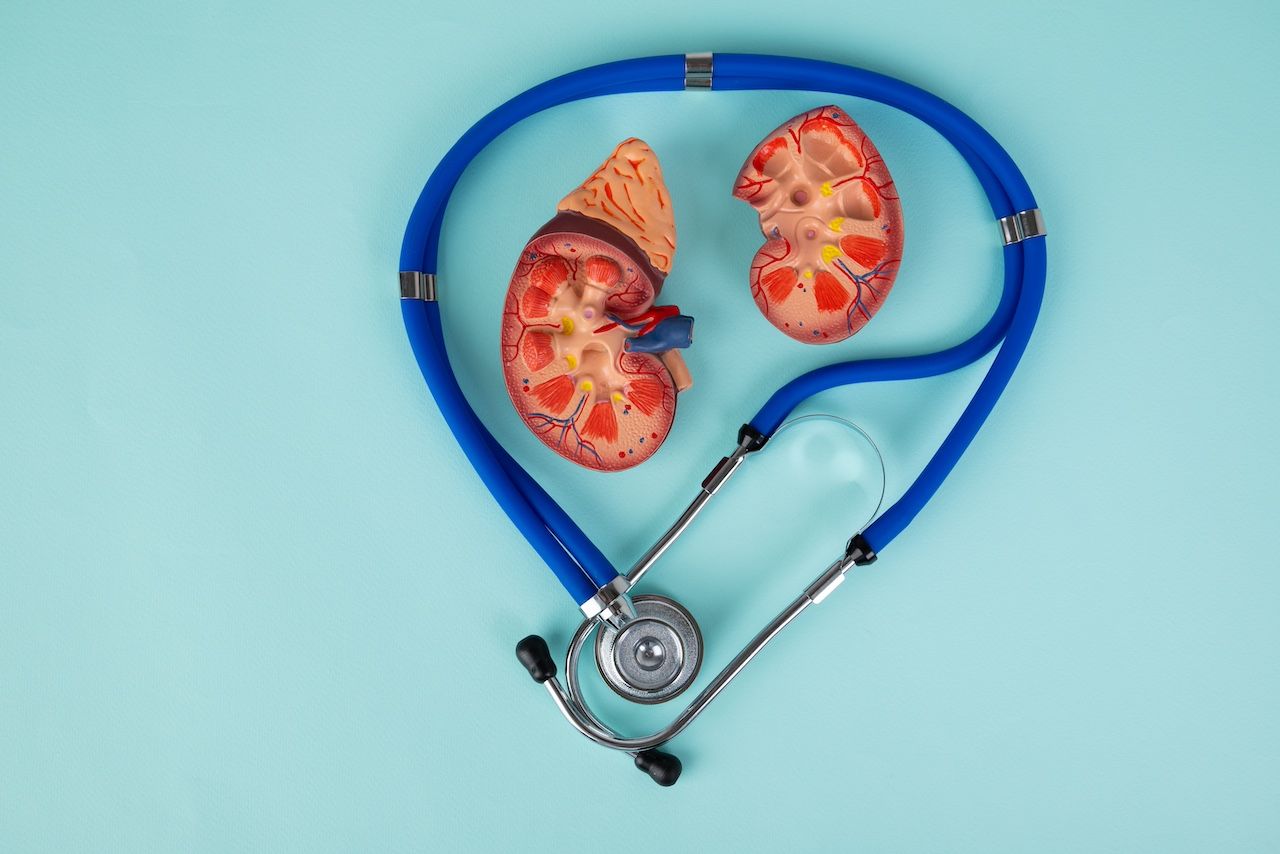- Center on Health Equity & Access
- Clinical
- Health Care Cost
- Health Care Delivery
- Insurance
- Policy
- Technology
- Value-Based Care
Childhood Cancer Survivors Face Long-Term Risk of Kidney Disease, Hypertension
Childhood cancer survivors face heightened risks of chronic kidney disease and hypertension, necessitating urgent updates to monitoring guidelines for their long-term health.
Childhood cancer survivors face a significantly higher risk of developing chronic kidney disease (CKD) and hypertension than their peers, often within the first year after completing cancer therapy, according to a large, population-based cohort study.1
While treatment and survival for childhood cancer have improved, the majority of survivors have chronic health issues before the age of 50.2 The new findings, published in JAMA Network Open, indicate the urgent need for updated, evidence-based international screening guidelines tailored to this vulnerable population.1
Long-Term Follow-Up Reveals Elevated Risk
The retrospective study followed 10,182 childhood cancer survivors for up to 27 years and compared them with 2 matched cohorts: 40,728 hospitalized children and 35,307 children from the general pediatric (GP) population. Over time, childhood cancer survivors were significantly more likely to develop CKD or hypertension, with cumulative incidences reaching 20.85% when compared with 16.47% in the hospitalized group and 8.05% in the GP group.
Adjusted HRs (aHR) revealed that childhood cancer survivors were twice as likely to develop kidney-related complications compared with hospitalized peers (aHR, 2.00; 95% CI, 1.86-2.14) and nearly 5 times as likely compared with children from the general population (aHR, 4.71; 95% CI, 4.27-5.19).
“These results strengthen the hypothesis that [childhood cancer survivors] require monitoring for blood pressure and kidney health soon after cancer treatment is complete and ongoing into adulthood,” the researchers wrote.
Early Onset, Persistent Risk
Kidney and blood pressure issues emerged as early as the first year after treatment and continued to accrue over time. While the cumulative incidence of CKD was approximately 8% among childhood cancer survivors, the authors speculate that the actual rate may be higher due to limitations of administrative data, which are highly specific but not sensitive for detecting such conditions.
“Early treatment of CKD and hypertension can mitigate disease progression and decrease cardiovascular disease risk,” the authors noted. “Our findings support that [childhood cancer survivors] must be considered as a high CVD risk group requiring primary and secondary prevention.”
Gaps in Current Guidelines
Despite the elevated risk, many late effects surveillance guidelines for childhood cancer survivors either lack specific recommendations for kidney monitoring or fail to include important indicators such as albuminuria, the study stated. Existing guidelines are often vague, with little consensus on which survivors should be screened, with what tests, how frequently, or for how long.
The authors argue that current efforts to align international guidelines, such as those led by the International Guidelines Harmonization Group, must do more to integrate pediatric hypertension and CKD frameworks into childhood cancer survivor follow-up protocols.
Treatment Exposures and Risk Stratification
Certain cancer therapies are already known to elevate kidney risk. Radiation, stem cell transplants, and nephrotoxic agents like cisplatin have well-documented kidney toxicities. The study's large sample size enabled stratified analyses showing that childhood cancer survivors exposed to these therapies were at even higher risk for CKD or hypertension.
However, some potential contributors, such as anthracyclines, associated with secondary hypertension, or thrombotic microangiopathy, could not be adequately evaluated due to data limitations. Additionally, the inability to assess repeated episodes of acute kidney injury during cancer treatment, a known risk factor for long-term kidney damage, remains a research gap.
Future Research and Policy Implications
While this is the largest study to date examining kidney outcomes in this population, the authors acknowledged its limitations. The use of administrative data restricts precision in identifying CKD stages, severity, or manifestations such as glomerular filtration rate (GFR) declines or proteinuria. Sociodemographic factors like obesity, race, or family history were not fully accounted for, and laboratory values were not included. However, the data offer robust evidence for health policy changes, according to the authors.
While treatment and survival for childhood cancer have improved, the majority of survivors have chronic health issues before the age of 50.
image credit: filins-stock.adobe.com

“Future research should refine which [childhood cancer survivors] are at highest risk for kidney outcomes to develop cost-effective screening approaches,” the authors concluded. “Collaborative efforts between kidney and cancer stakeholder organizations are crucial to reducing long-term morbidity and mortality.”
References
1. Lebel A, Chanchlani R, Cockovski V, et al. Chronic kidney disease or hypertension after childhood cancer. JAMA Netw Open. 2025;8(5):e258199. doi:10.1001/jamanetworkopen.2025.8199
2. Erdmann F, Frederiksen LE, Bonaventure A, et al. Childhood cancer: survival, treatment modalities, late effects and improvements over time. Cancer Epidemiol. 2021;71(Pt B):101733.
The Breakdown: Breast Cancer Research Awareness Day
August 19th 2025Breast cancer is the second most common cancer among women and the second leading cause of cancer-related deaths among women in the US. In light of Breast Cancer Research Awareness Day, The American Journal of Managed Care® breaks down the most recent advancements in breast cancer prevention, screening, and therapies.
Listen
